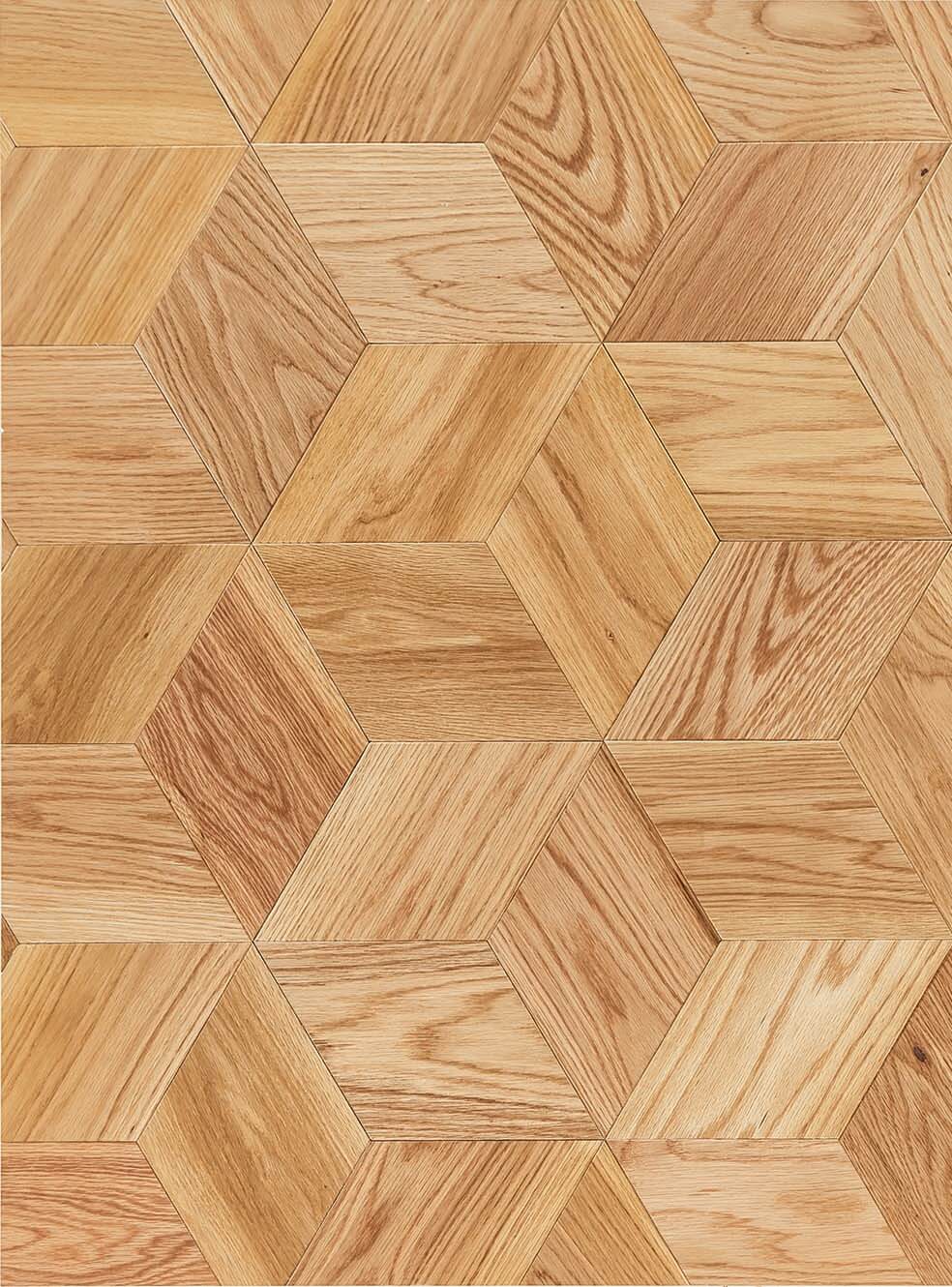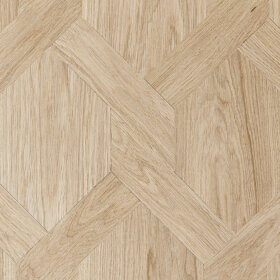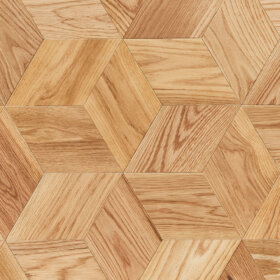HOW TO USE HEXAGONAL PATTERNS IN YOUR PROJECT
Parquet and geometric patterns have experienced a real boom period since the 1990s; a trend which shows no sign of slowing down as the herringbone, chevron, design panel and more are continually used in projects across the world.
Hexagonal wood flooring may be less common than these traditional formats, but it is a brilliant way to add pattern and character to all surfaces.
It can appear difficult to use but this is not the case and many a space can benefit from the use of this unique format. Be it for personal usage or in a commercial setting, consider hexagonal flooring to lift your upcoming project. In this guide, we will share detailed advice on how to use hexagonal patterned flooring in your next project. As you will need to consider…
The type of space you are working with
Interior design trends
Colour scheme
Flooring layout
WHAT IS HEXAGONAL PATTERN FLOORING?
Hexagonal flooring is a geometric design that uses clean straight lines and carefully cut shapes.
A traditional example of the hexagonal pattern is the Mansion Weave.
This pattern uses small blocks to surround a hexagonal shape, creating an intricately woven pattern which flows across the entire floor. Avery, from our Unfinished Oaks collection, was developed using this method with its simple shapes and natural colour adding comfort to your project.
However, hexagonal flooring isn’t purely limited to using 6-sided pieces to create a flooring motif. Instead, many individual blocks in triangle, diamonds, squares and more can combine to create the hexagonal appearance.
A strong example of this would be Shrawley, another of our Unfinished Oaks. In this floor, three trapeziums combine at the correct angle to create the desired hexagon.
Often associated with tiles and LVT, using wood for this design adds much more texture and natural feeling than manmade, less-environmentally-friendly options.
WHAT SETTINGS ARE BEST SUITED FOR HEXAGONAL PATTERNED FLOORING?
Hexagonal patterns may be a challenge to lay, but they can thrive in different settings.
Hexagonal Flooring in Homes
The best spaces are, as you may expect, those which have room to show off the full repetition of the pattern. Kitchens, bedrooms, and lounges are an ideal choice given the dimensions of these spaces, as you may struggle to enjoy the full effect of the floor in tighter areas such as hallways and corridors.
Where there is limited space, consider other geometric options instead. Herringbone and chevrons for example work much more effectively here and can lead into a larger room where the hexagonal format floor appears.
Hexagonal Flooring in Commercial Spaces
For a commercial aspect, hotel rooms and lobbies are a good choice for hexagonal flooring as the floor can help to add individuality, making them feel special.
The 20mm thickness we supply these floors in make them an ideal choice for even the most high-traffic areas. These durable floors also have a 4mm wear layer for to further protect the finish, making them ideal for environments retail, leisure and beyond.
Regardless of where you place your hexagonal floor, we would recommend using a professional fitter. Correct preparations and subfloor inspections can make all the difference.

TO INCORPORATE HEXAGONAL PATTERNS INTO YOUR PROJECT?
1. Consider the interior design of your space
Delivering a contemporary look, the format can fit into many Scandi-style designs with its clean lines and intricate shapes.
2. Think about the colour scheme of your room
One of the best approaches with hexagonal flooring is to use natural colours and tones. This allows it to take pride of place within a project, without overpowering the rest of your creation – blacks and other dark colours provide a lovely contrast to the floor.
A great way to incorporate this floor with your project would be to use the hexagonal shapes in order to segment parts of the room and make certain zones stand out. For example, this is particularly effective commercially when trying to split a breakout room from an office environment.
3. Be creative with the hexagonal pattern shape and layout
Another option is to pair the hexagonal design with another plank or parquet pattern, creating something more intricate and interesting. Using hexagons at the centre of the floor and spilling wide planks out in from each side of the shape can make an incredible larger weave, elevating the interest and character of your project.
THE ENVIROMENTAL ADVANTAGE OF HEXAGONAL FLOORING
Finally, consider the environmental advantages when using hexagonal pattern flooring within your project. This wooden flooring is far more sustainable than LVT or other manmade plastic alternatives, so if you’re looking to make your project more sustainable hexagonal wood flooring is a brilliant choice to incorporate.
SUMMARY
Hexagonal pattern flooring, whilst appearing complex, is actually a very easy design to get the most out of.
Our two Unfinished Oaks provide a natural and versatile introduction to the pattern, but if you’re looking for a different species or colour perhaps, then be sure to contact our bespoke team who will be happy to draw up plans for a hexagonal floor that fits your specifications.
Be it a commercial space or a more personal approach, hexagonal flooring is a clean, crisp choice that can punctuate any project.
To learn more about the different types of wood flooring, you can find many more guides here. They will tell you everything you need to know about wooden floors.


